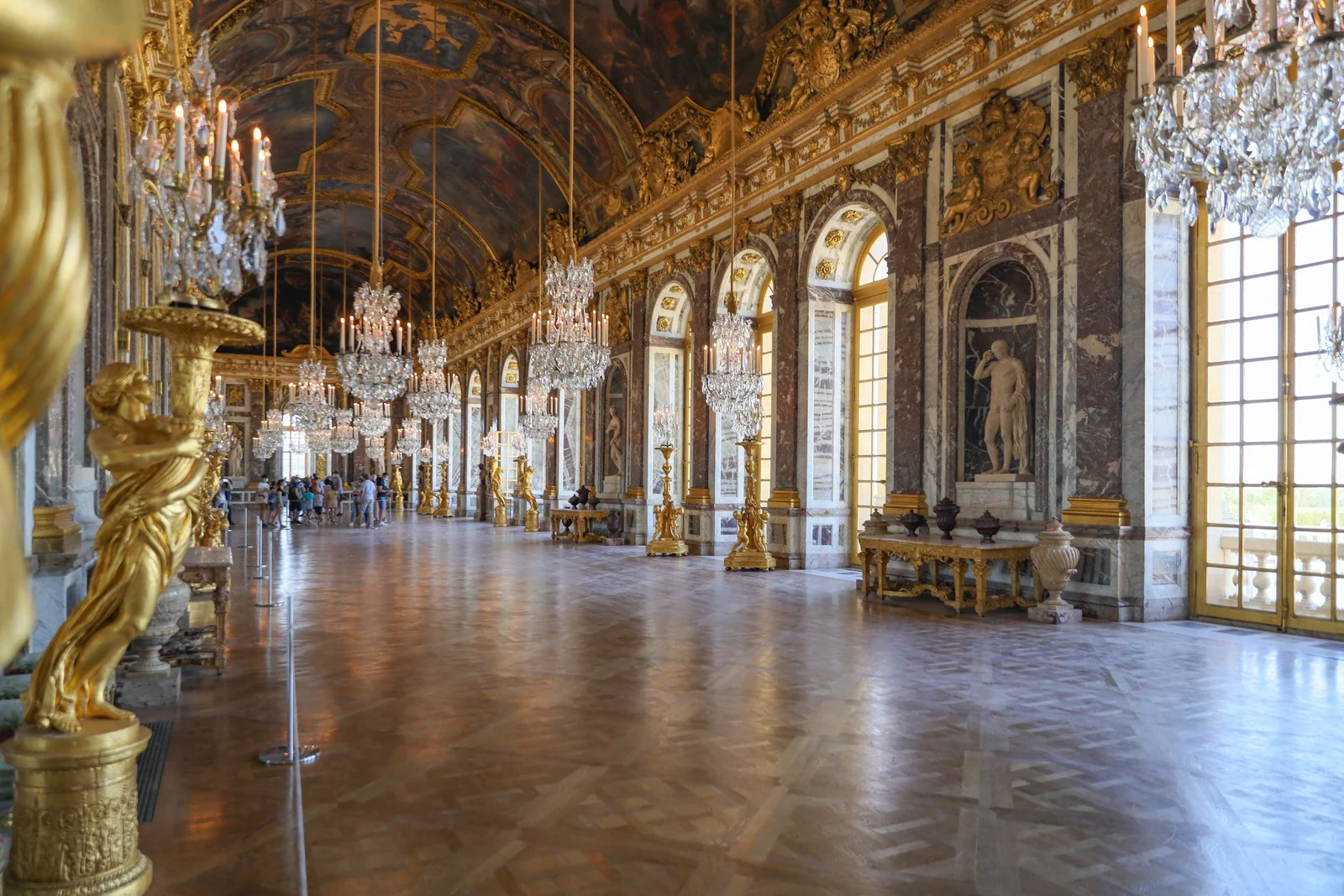HOW THE GALLERY OF GLASS IN VERSAILLES CAME TO LIFE

HOW THE GALLERY OF GLASS IN VERSAILLES CAME TO LIFE
How the gallery of glass in Versailles came to life
The Palace of Versailles’s biggest chamber is the Hall of Mirrors. It was constructed around 1678 and 1684 and served mostly as a corridor until it began to be utilized for balls and activities at imperial marriages and diplomatic banquets. It’s packed with people since it’s the most renowned room on the planet.
CONSTRUCTION
Beginning with a small two-story hunting cabin in 1623, King Louis XIII had Versailles expanded into a château between the years 1631 and 1634. In 1661, Louis XIV had the land he would eventually rule over designated his permanent home, and he had it transformed into a vast palace. The castle was to be the domicile of preference for the aristocracy, the site of elaborate state carnivals and rituals, and the cultural, artistic, and entertainment hub of Europe, so it needed to provide luxurious amenities for its guests while also reflecting its new status as the chair of Europe’s leading absolutist king’s court and authorities of supreme power. Louis Le Vau surrounded the original château and constructed 2 additional extensions to the north and south during the first phase of construction, which lasted from 1662 to 1670 and is known as the “Le Vau Envelope.” The western structure beside the garden was dwarfed by the additions. A terrace spanned the gap, held up by arcades. The “Le Vau Envelope” housed both the royal family and their servants, with the king’s quarters located in the northernmost structure and the queen’s in the southernmost.
During the third construction phase, from 1678 to 1684, the Hall of Mirrors was constructed to take the place of a huge terrace and many smaller salons that overlooked the gardens. In the beginning, the terrace was located just outside the royal quarters. The patio was out in the open, so many didn’t see much use in it, and they thought it was in the wrong spot. Eventually, it was decided to tear it down and replace it with the Mirror Hall Gallery, which was designed by architect Jules Hardouin-Mansart and built by his apprentice, Charles Le Brun.
The present aspect of the courtyard front of the Corps de logis was achieved by constructing it in a frontal fashion. Salon of War (Salon de la guerre) to the north with Salon of Peace (Salon de la paix) to the south bookend the Hall of Mirrors. The 2 different salons, one in the north and one in the south, are connected to the respective royal quarters by the Mirror Hall. Both salons may be accessed from the Mirror Gallery via spacious halls. The hall and the two salons are a unified aesthetic and practical space, with matching furnishings and decorations. After Hardouin-Mansart installed the Mirror Hall, the outside walls of the salons took on their present form, which dates back to the period of Le Vau’s encasings of the previous château.
Its height of 12.30 meters (40.4 feet) means it exceeds the Attic level of the Corps de Logis. There is no functional need for the square windows on the top level, that are visible from the exterior. The Mirror Hall is too big to heat efficiently with fireplaces, thus their construction was never considered.































































